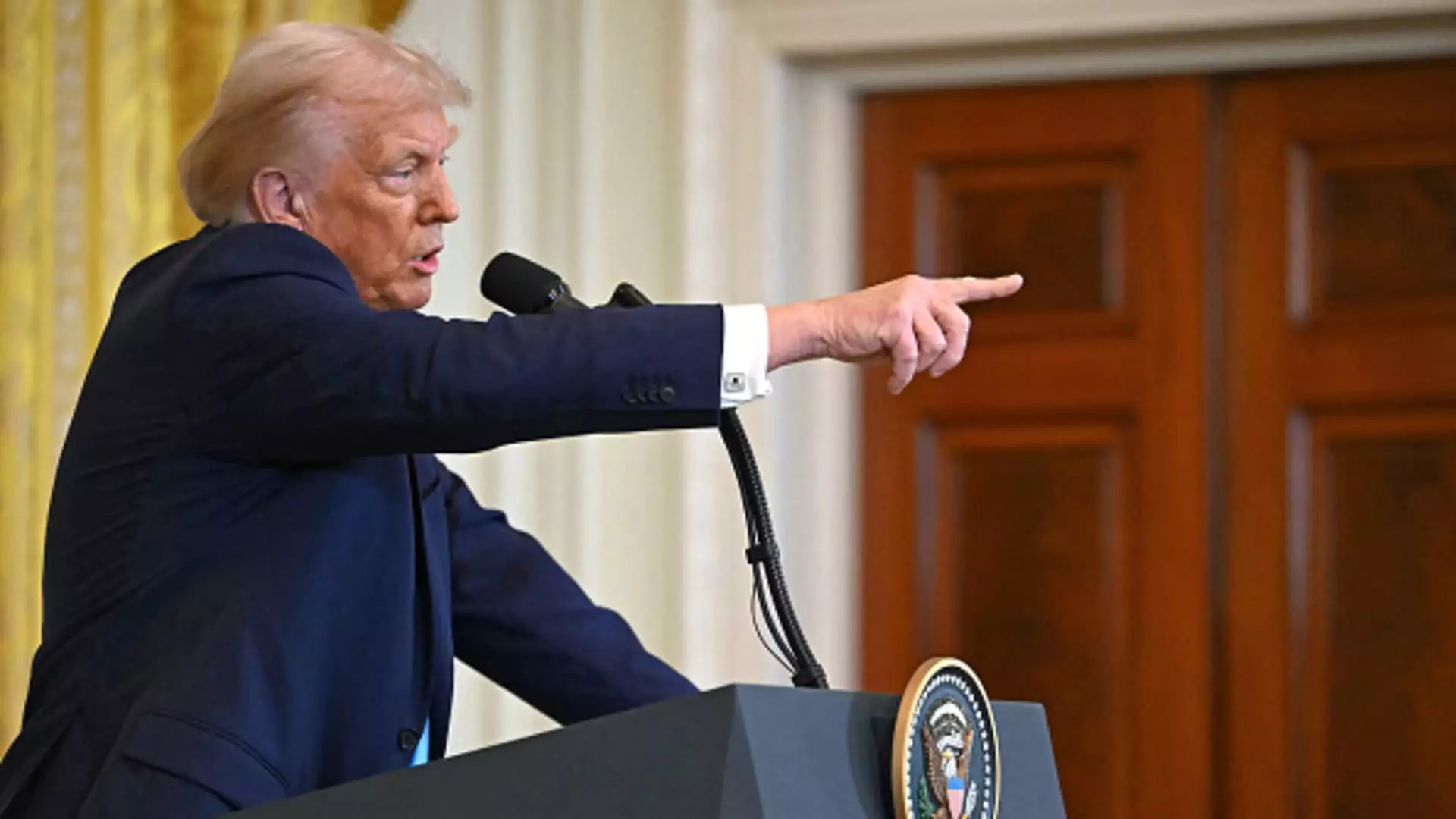The carried interest loophole has been a heated topic in tax policy discussions for years, particularly coming to the forefront during Donald Trump’s presidency. This provision allows private equity, venture capital, and hedge fund managers to benefit from preferential tax treatment on certain earnings—specifically, the portion of their income derived from a share of fund profits known as carried interest. Unlike ordinary income, which can be taxed at rates as high as 37%, carried interest is often taxed at long-term capital gains rates, which may only be 20% plus an additional 3.8% for the net investment income tax.
Despite widespread bipartisan agreement that the carried interest loophole is inequitable, efforts to rectify it face formidable resistance from industry lobbyists who argue that such tax advantages are essential for boosting investments, creating jobs, and fostering economic growth. Critics, including tax experts like Steve Rosenthal, contend that earnings from carried interest should be taxed as traditional wages, thus aligning the tax burden on wealthy investment managers with that of average workers. The American Investment Council has publicly advocated for the preservation of this tax structure, positing that it supports the broader economy.
During his administration, Trump aimed to eliminate this loophole. Nevertheless, his efforts were largely unsuccessful, culminating in the Tax Cuts and Jobs Act of 2017, which merely extended the holding period required for long-term capital gains treatment from one year to three. A more aggressive proposal to extend this period to five years was considered during discussions surrounding the Inflation Reduction Act of 2022. However, such changes were ultimately scrapped due to a divided Senate and significant lobbying from private equity interests.
The debate over the carried interest loophole must also be contextualized within the broader framework of fiscal policy and funding. According to analysts like Garrett Watson from the Tax Foundation, the revenue generated from closing this loophole is minimal compared to the extensive financial resources needed to extend various expiring tax breaks or to accommodate additional government spending priorities. This raises questions about the feasibility of effectively reforming the tax code when industry interests and fiscal realities collide.
While the carried interest loophole is a deeply entrenched issue in U.S. tax policy, reforming it remains a complex challenge influenced by a mix of bipartisan support, industry lobbying, and fiscal constraints. The future of Trump’s tax agenda and broader tax reform efforts will depend on finding a balance between equitable taxation and fostering an environment conducive to investment and job creation. As economic conditions evolve and political priorities shift, the question remains: will the carried interest loophole finally be addressed, or will it continue to serve the privileged few at the expense of broader tax equity?

